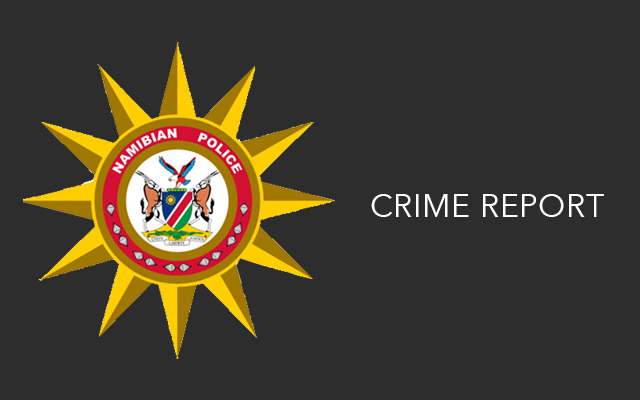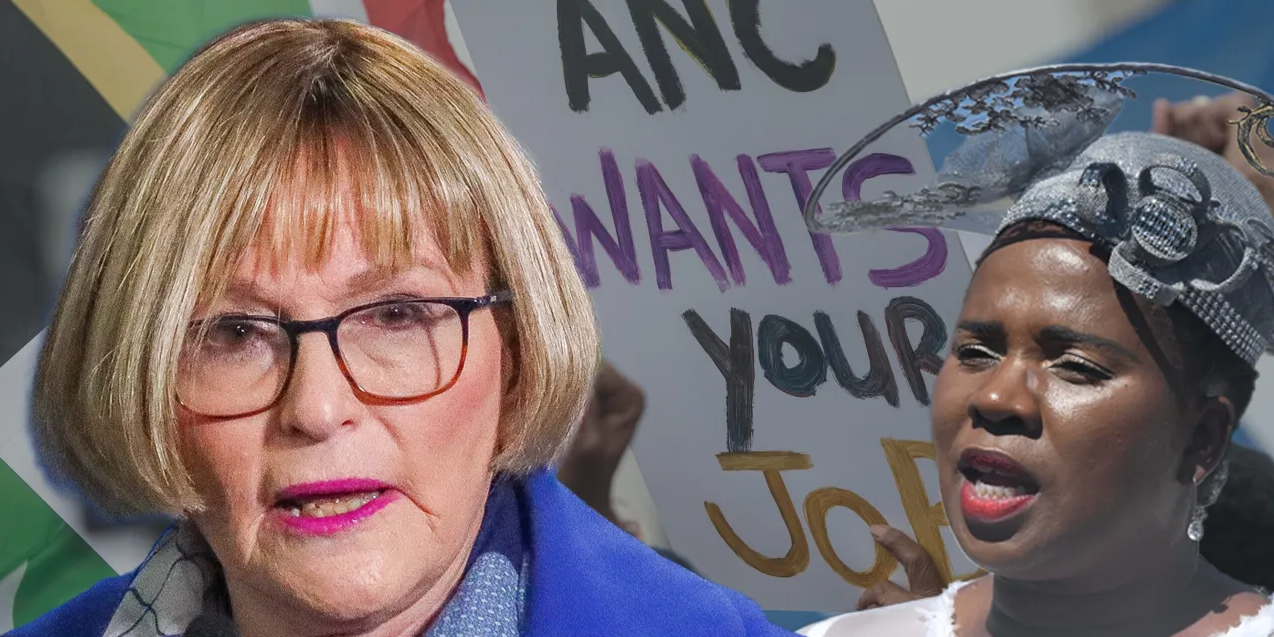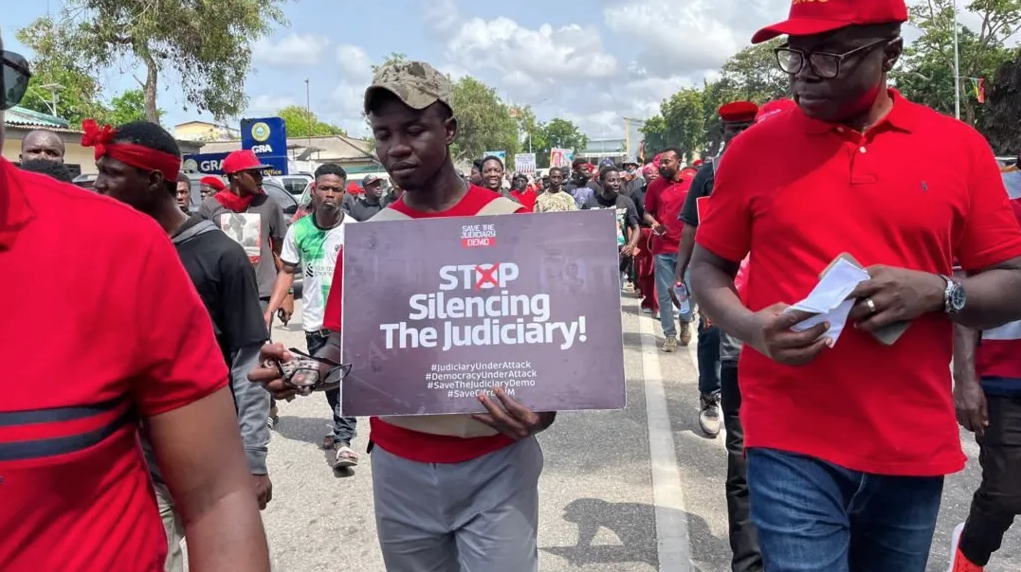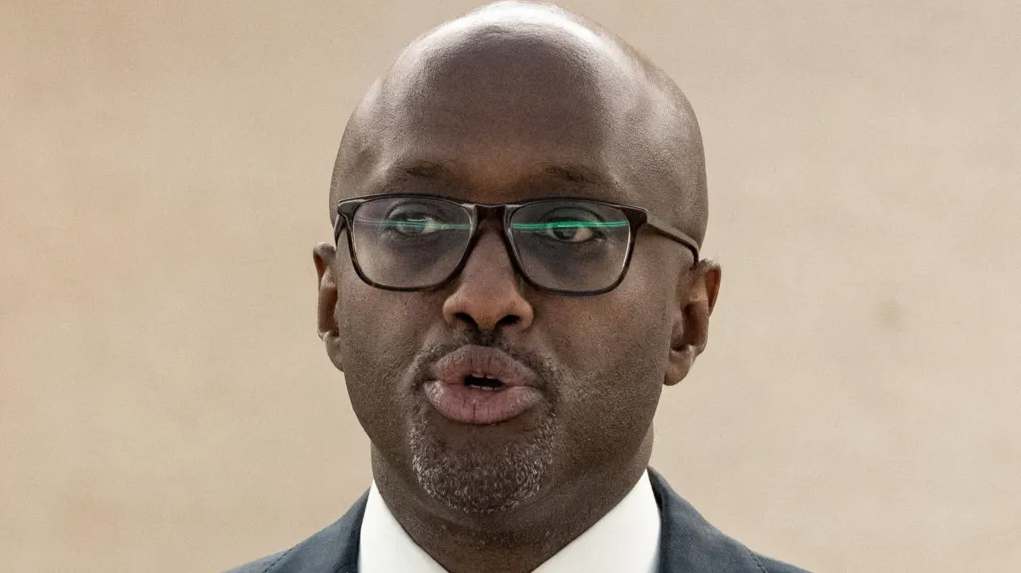THE National Society for Human Rights (NSHR) says it has found more graves in northern Namibia and in southern Angola this year, where Namibians who have disappeared might be buried.
These could possibly include more than 30 San-speaking men who had disappeared from military custody in the Western Caprivi after they had been suspected of being part of the failed Caprivi secessionist attempt in 1999. Releasing a report on the findings yesterday, NSHR Executive Director Phil ya Nangoloh said it was time that an independent and internationally supervised investigation of the sites was conducted to find out the truth. ‘We did not open the graves when we went there in July this year, neither did we do that in 2008, when we released our report of the first findings of such graves,’ Ya Nangoloh said yesterday. According to him, locals informed the human rights team that near Omboto-Mutarara village in the Western Kavango Region two men, whose names are printed in the report, were allegedly ‘executed’ by soldiers of the Namibia Defence Force (NDF) in December 1999 after the soldiers accused them of collaborating with the former Angolan Unita rebel movement.Another local villager, ‘Witness Q079’, alleged that NDF soldiers had executed another four civilians between the Mukekete and Omboto-Mutarara villages in the Mpungu Constituency of the Kavango Region. These victims – said to have come from Katima Mulilo in the Caprivi Region – were allegedly buried in a mass grave at Ombongola village, just north of the Namibia-Angola border.’Witness Q079 also alleged that the burial site for these unidentified ‘Unita collaborators’ has been mined,’ Ya Nangoloh told reporters and diplomats.’We must protect the identity of the locals who showed us the graves,’ he said.NDF members and members of the Police’s Special Field Force (SFF) allegedly executed a large group of men from the Kavango and Caprivi regions between 2002 and 2004. They were allegedly buried near the Oshikome cattle post a few metres into Angolan territory.’Witness Q075 also claimed that he had been an eyewitness to, and that he had taken part in, the burial of the bodies. Q075 also helped clear the area for burial,’ according to the report. The area surrounding the grave was mined afterwards and five cattle have been blown up over the past few years by the explosives, the locals told the NSHR. ‘We suspect that the Kwe-San speakers of the Western Caprivi who were in military custody in 1999 might have been buried there,’ ya Nangoloh said. ‘Those men had disappeared without a trace between August 12 2000 and August 16 2000 while in the custody of NDF soldiers at Mutc’iku village. ‘Other Kwe-San tribesmen disappeared after they had been rounded up at Chetto, Bwabwata, Omega, Mutc’iku and Bagani villages in Western Caprivi, while a large number of Kwe-San males had disappeared having been separated from female relatives at Rundu between November 27 1999 and December 20 1999.’Near the Oshikome cattle post several more men were allegedly killed by security forces in 1999 and the NSHR was given the names of five men said to be buried there who came from the Onheleiwa-Oikokola area in the Ohangwena Region.Another 15 Namibian men were allegedly killed by Angolan and Namibian soldiers in 1999 near Onhunda village along the common border and were buried in six different graves, according to witnesses. The NSHR also established the names of the victims and some names of the alleged executors.
Stay informed with The Namibian – your source for credible journalism. Get in-depth reporting and opinions for
only N$85 a month. Invest in journalism, invest in democracy –
Subscribe Now!










